Face-Off: Modern Warfare 2
Extensive analysis of the PS3 and Xbox 360 versions.
In the shots below, we see the 360 rendition transition from a medium-quality texture to the full version in just one second via an HDD install, while it takes four seconds streaming from DVD. The PS3 version on the other hand takes eight full seconds, kicking off with a very low-quality asset that you don't see at all on 360. While the impact is limited to certain scenes only, it does suggest that an optional install for the Sony platform would have been worthwhile.
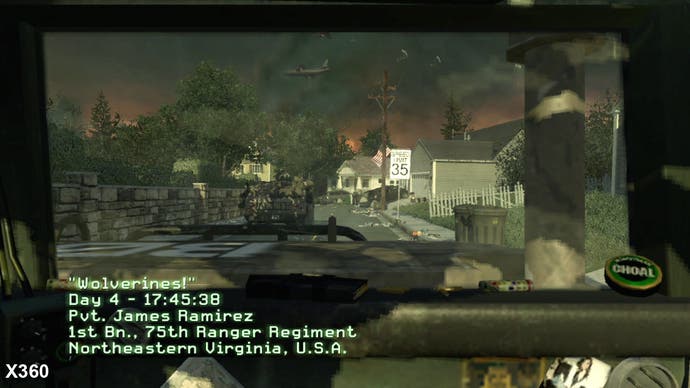

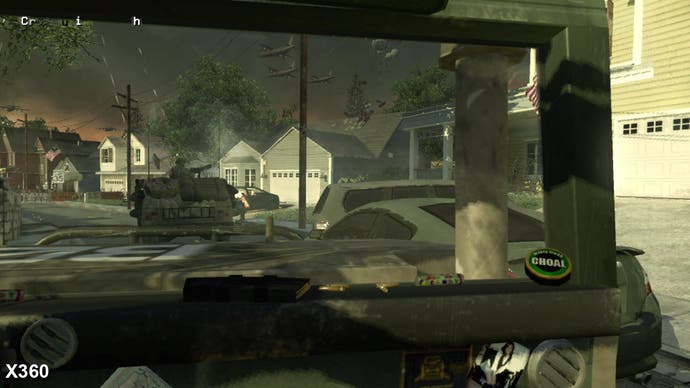

The only other point of differentiation comes down to the texture filtering. It's pretty much impossible to accurately measure anisotropic filtering, but side-by-side it's clear to see that there's less of it on the PS3, sometimes resulting in a more blurred ground textures, as seen here.


Moving onto some of the other differences that were probably more noticeable on the initial comparison video, it's fairly obvious to see that the Xbox 360 version of Modern Warfare 2 includes a bloom effect that is completely absent on the PS3 build. It's a very nice-looking post-processing trick, if somewhat over-used, and while attractive, it does tend to introduce white-crush - effectively bleaching out texture details that are retained in the effect-free PS3 version.
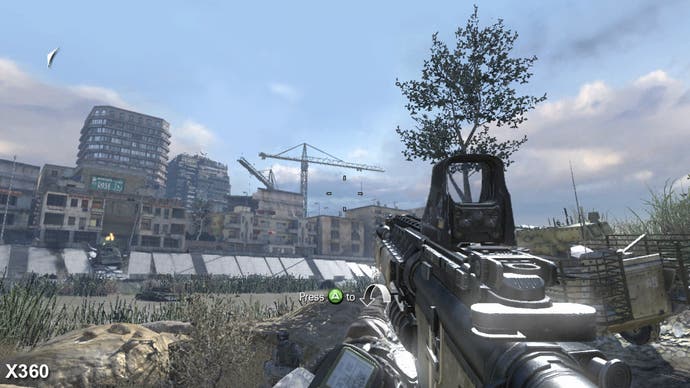
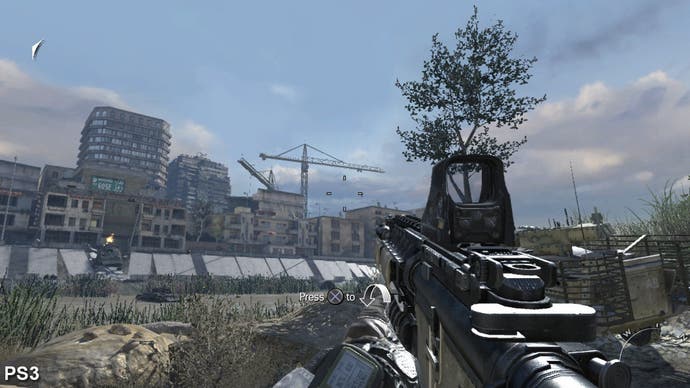

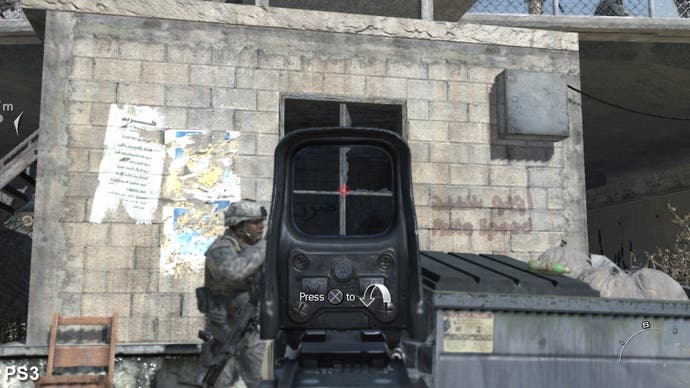
Quite why it isn't in the PS3 version of the game isn't so difficult to fathom; it all comes down to bandwidth. Modern Warfare's sub-HD 1024x600 framebuffer (with 2x multi-sampling anti-aliasing on both platforms) fits just fine into the Xbox 360's 10MB onboard eDRAM: ultra-fast memory attached directly to the GPU, meaning tons of bandwidth available. We'll come back to this later because it's a major point of differentiation between the way the two games play, but the bottom line is that the bloom effect requires copying the frame to another buffer for processing, before subsequent blending. No problem with the bandwidth-rich 360 set-up, but performance-sapping on PS3's architecture.
Where you do get some dynamic bloom on PS3 is when you engage the night-vision goggles. However, the implementation isn't so impressive and looks rather blocky.
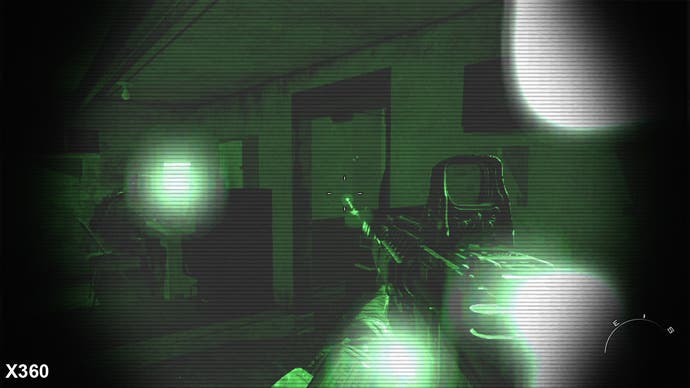

Returning to the comparison video, the second-most obvious difference between the two games comes down to the implementation of shadows. Getting well-rendered shadows is a computationally expensive job, but they're essential in giving depth and realism to the scene. The problem Infinity Ward has is providing all of this in the 16.67ms time-frame available for rendering each frame. The result is that while Modern Warfare has some spectacularly good dynamic lighting, the shadowing solution on both platforms isn't so impressive - ultra-low resolution in places, with severe serrated edges. Softening those edges is something that the PS3 can at least make a fairly decent fist of, thanks to the PCF filtering that comes free with the RSX.
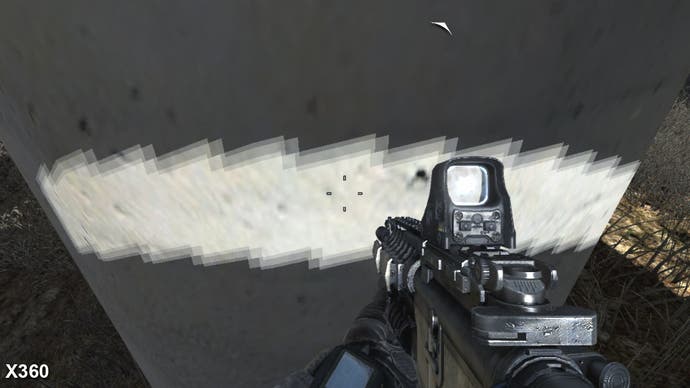
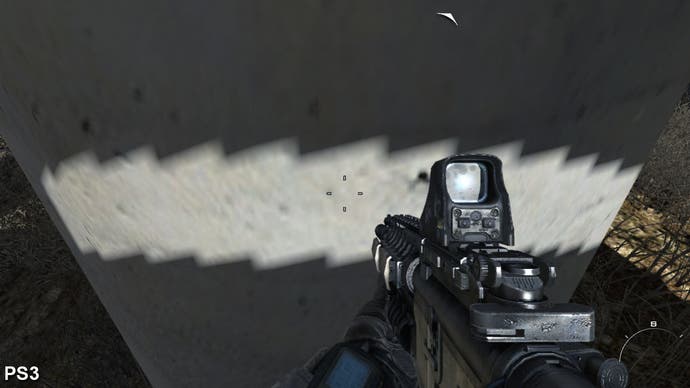
It's basic bilinear filtering on the PS3, but the fugly edges are at least smoothed off to some degree. Infinity Ward is using some kind of more basic, custom shadow sampling on the Xbox 360 version. The implementation can look better than the filtered PS3 version in some scenarios (for example in the mid-distance), but can totally fall apart in others.

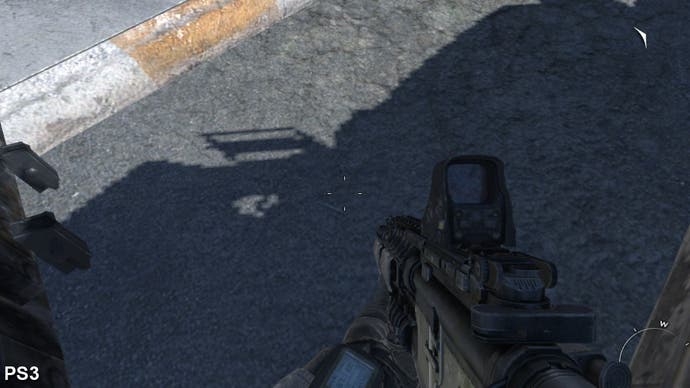
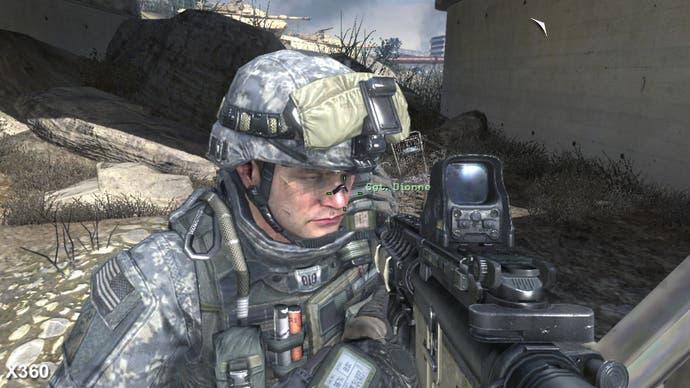

So, with the more obvious differences accounted for and offering a marginal edge towards Xbox 360, it's time to move towards the way the game feels and responds. What you can't really see in the comparison video is the game's performance level, though there is the odd hint on lateral panning shots (for example, the helicopter circling the gulag). This is where, predictably, we'll wheel out the FPS comparisons.


